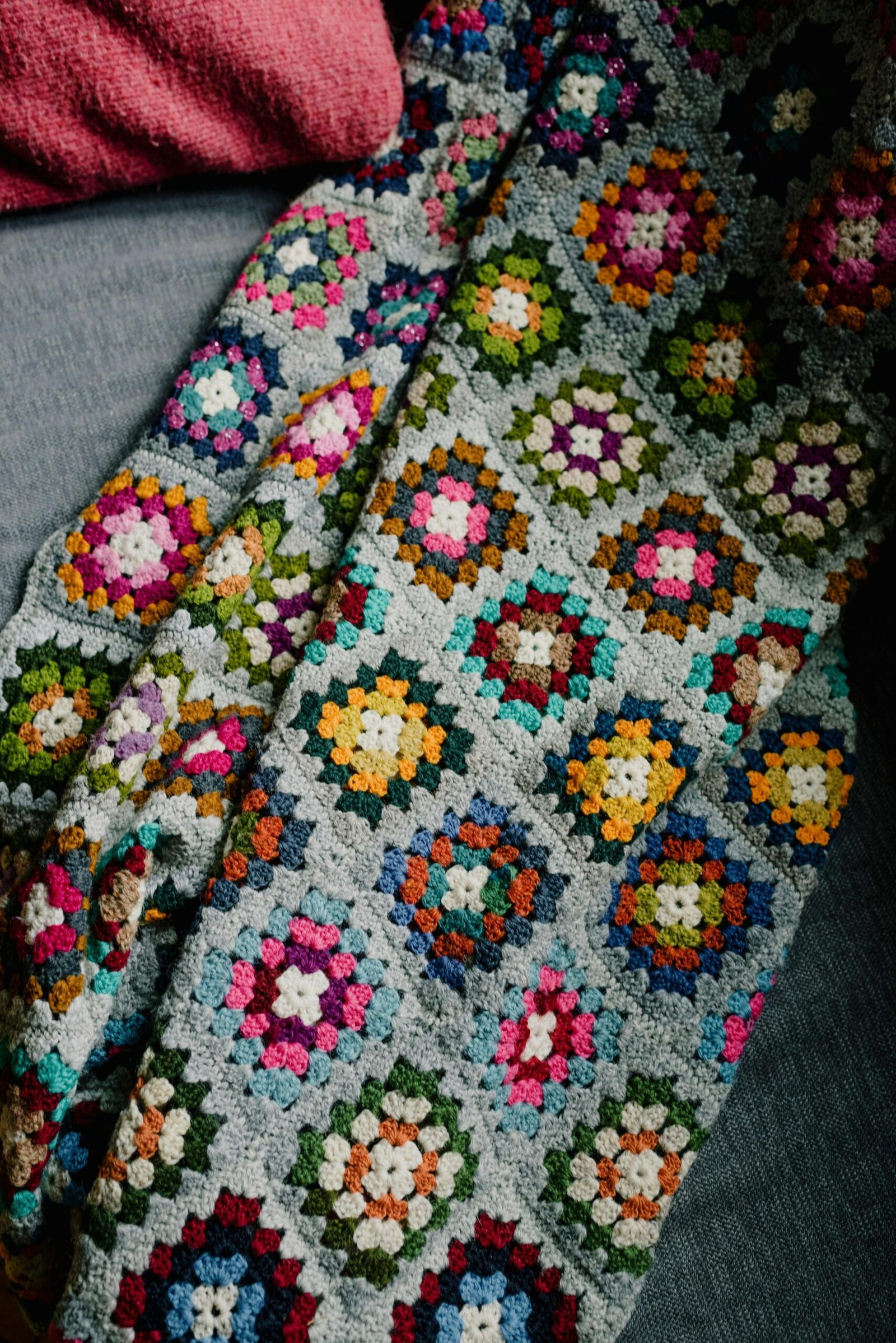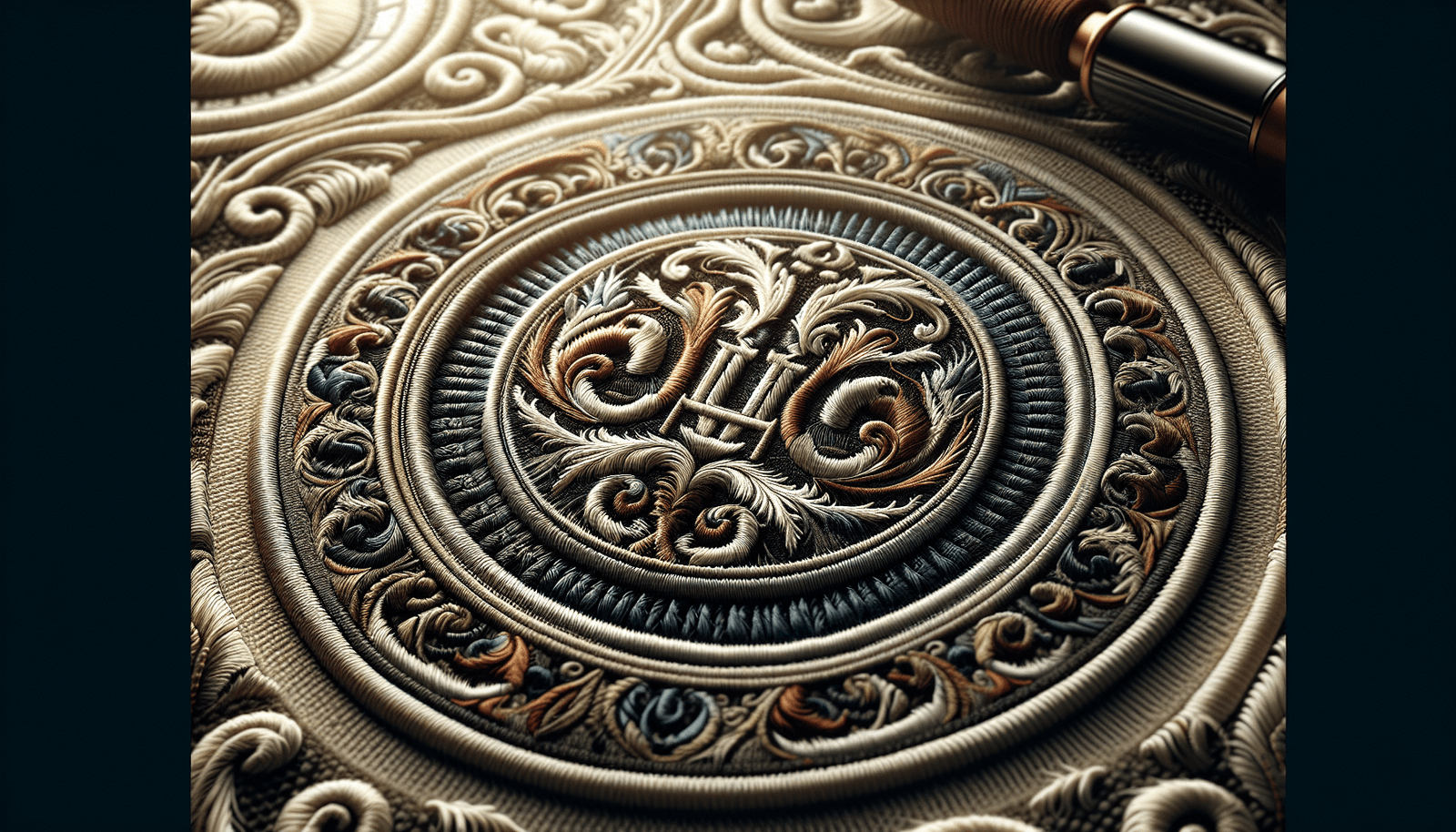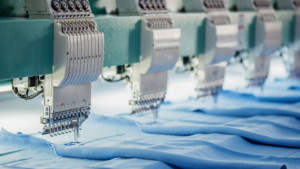The Impact Of Embroidery Quality On Brand Perception
Have you ever wondered how the quality of embroidery can affect the way people perceive a brand? You might be surprised to learn that the details sewn into a piece of fabric can have significant implications for a brand’s reputation, customer loyalty, and even sales. Embroidery isn’t just about creating visually appealing designs; it’s about quality, craftsmanship, and the subtle messages these elements send to consumers.

This image is property of images.pexels.com.
Understanding Embroidery Quality
Embroidery is more than just stitching a design onto a piece of fabric. The craft involves intricate patterns, precise techniques, and various materials that all come together to create something unique and memorable. However, just like any other craft, not all embroidery is created equal.
Key Elements of High-Quality Embroidery
When considering what makes high-quality embroidery, several factors come into play, including:
- Thread Quality: The type of thread used can significantly impact the final product. High-quality threads are durable, colorfast, and give a more refined look.
- Accuracy: Precise stitching ensures that the design looks clean and professional. Inconsistent stitching can make even the most beautiful design look subpar.
- Design Complexity: More intricate designs often require a higher level of skill and attention to detail.
- Fabric Selection: The base fabric should be appropriate for embroidery. Thicker fabrics can handle more intricate designs, while thinner ones might need lighter stitching.
- Stitch Density: More stitches often mean a more detailed and durable design, but too many stitches can make the fabric stiff.
Why Quality Matters
Brands compete not just on price and functionality but also on perceptions of quality and reliability. When consumers encounter high-quality embroidery, they often associate those qualities with the brand itself.
Brand Reputation
Think about the last time you saw a poorly made embroidered item. Whether it was a shirt with loose threads or a cap with an off-center logo, your perception of that brand likely skewed negative. High-quality embroidery communicates care, attention to detail, and a commitment to excellence—all critical components of a strong brand reputation.
Customer Loyalty
Quality embroidery can also foster customer loyalty. When customers receive a product that looks and feels premium, they are more likely to become repeat buyers. They may also recommend the brand to others, thereby expanding your customer base through word-of-mouth.
Perceived Value
Consumers often equate quality with value. Even if two items look nearly identical, the one with superior embroidery will often be perceived as more valuable. This perception allows brands to price their products higher and still retain sales volume.

This image is property of images.pexels.com.
The Psychological Connection
There’s a psychological aspect to the way consumers perceive embroidery quality. Here, we delve into how this connection fuels brand perception.
Trust and Reliability
When consumers see high-quality craftsmanship, they instinctively feel that the brand is reliable. They believe that a brand that pays attention to the small details will also pay attention to the bigger ones, such as product durability and customer service. This sense of reliability fosters trust.
Emotional Attachment
Personalized or high-quality embroidered items often become sentimental favorites. Whether it’s a sports jacket, a company logo, or a personalized gift, quality embroidery can evoke a sense of pride and attachment, making it harder for consumers to switch to a competing brand.
Professional Appearance
In the corporate world, embroidered items like uniforms and promotional materials are part of a company’s image. High-quality embroidery on these items can make employees feel more professional and valued, which can, in turn, translate to better performance and customer interaction.
Quality vs. Cost: A Delicate Balance
Investing in high-quality embroidery often comes with higher costs. For businesses, it’s crucial to balance these costs with the benefits to maintain profitability while still delivering quality.
Cost Factors in Quality Embroidery
Several elements contribute to the cost of high-quality embroidery:
| Factor | Description |
|---|---|
| Thread Quality | Higher quality threads cost more but offer durability and colorfastness. |
| Labor | Skilled labor is required for intricate designs, increasing labor costs. |
| Equipment | Advanced embroidery machines and software are an investment. |
| Time | Detailed work takes longer, affecting production timelines. |
| Materials | Higher quality fabrics and backing materials are more expensive. |
Justifying the Investment
It’s essential to look at embroidery quality not just as an expense but as an investment in your brand. High-quality embroidery can justify higher product prices and increase perceived brand value, creating a favorable ROI.

This image is property of images.pexels.com.
How to Maintain High Embroidery Standards
Maintaining high embroidery standards requires a keen focus on several areas:
Supplier Selection
Choose suppliers known for their high-quality materials. Don’t be tempted by lower costs if it means sacrificing quality. Establishing a good relationship with a reliable supplier can ensure consistent product quality.
Skilled Workforce
Invest in training for your employees. Skilled artisans can significantly impact the quality of the final product. Their expertise ensures that even the most complex designs come out perfect.
Quality Control
Implement rigorous quality control measures. Inspect every piece of embroidered work for flaws before it reaches the consumer. This step is crucial in maintaining your brand’s reputation.
Technology and Equipment
Don’t skimp on technology. Modern embroidery machines offer precision and efficiency that older models simply can’t match. Up-to-date software can also make a big difference in the intricacy and accuracy of designs.
Case Studies: The Embroidery Effect
Sometimes, seeing real examples of how embroidery impacts brand perception can put things into perspective. Consider these case studies:
Sports Teams
Sports teams often use embroidery for logos on uniforms and merchandise. High-quality embroidery makes the team look professional and instills pride in both players and fans. Conversely, poor embroidery can look cheap and diminish team spirit.
| Team | Outcome with High-Quality Embroidery | Outcome with Low-Quality Embroidery |
|---|---|---|
| Professional Team | Boosts team spirit, perceived professionalism | Fan dissatisfaction, reduced merchandise sales |
| Amateur Team | Increases community support, attracts sponsors | Looks unprofessional, may lose sponsors |
Corporate Uniforms
Many businesses use embroidered logos on employee uniforms. High-quality embroidery can make employees look sharp and feel better about their roles. Poor embroidery conveys a lack of care and may even affect employee morale.

Best Practices for High-Quality Embroidery
Adhering to best practices can significantly enhance the quality of your embroidered products.
Material Selection
Opt for fabrics and threads that are known for their durability and visual appeal. Different fabrics require different types of threads and techniques. Understanding the interplay of these materials is crucial for high-quality results.
Precision in Design Transfer
Accurate design transfer from digital templates to actual embroidery is vital. Make sure that the digital design is meticulously checked for any flaws before stitching begins.
Consistent Maintenance
Regularly maintain your embroidery equipment. This ensures that the machines operate smoothly and the stitches remain consistent.
Employee Training
Regularly update your staff’s skills. Keep them informed about the latest techniques and trends in embroidery. In-house workshops or external training sessions can be beneficial.
Customer Feedback
Never underestimate the power of customer feedback. Understanding their opinions can provide invaluable insights into improving your embroidery quality.
The Modern Market and Embroidery
Embroidery has found its place even in the modern, fast-paced market. It’s not just limited to large corporations or sports teams.
E-Commerce
Online stores and marketplaces have made personalized and high-quality embroidered items more accessible. Consumers can order custom embroidered products like patches, tote bags, and clothing items from the comfort of their homes.
Small Businesses
For small businesses, high-quality embroidery offers a way to stand out without substantial advertising budgets. Unique, well-made embroidered items can create a strong, distinct brand identity.
Sustainable Fashion
With growing interest in sustainability, many brands are focusing on quality over quantity. High-quality embroidery complements this ethos by producing durable, lasting items that reduce the need for frequent replacements.

Conclusion
High-quality embroidery is more than just a design choice; it’s a significant factor in shaping brand perception. Whether you’re a large corporation, a small business, or an individual seller, investing in quality can pay off in numerous ways. From boosting your brand’s reputation to fostering customer loyalty, the benefits are substantial.
Always remember that every stitch counts and that the quality of your embroidery reflects directly on your brand. Make the right choices in materials, equipment, and skills, and you’ll likely see the positive impact on your brand perception and ultimately, your bottom line.



